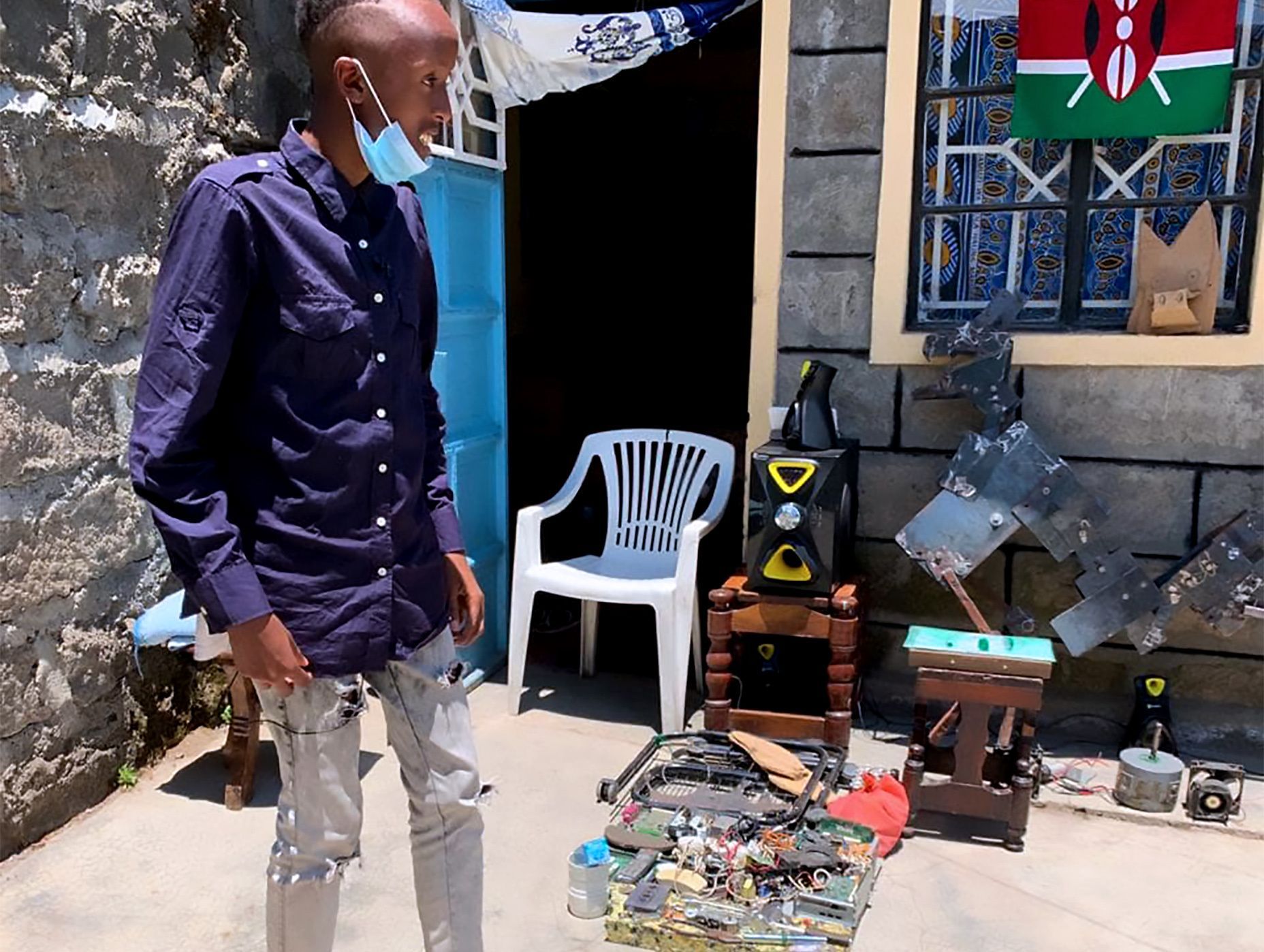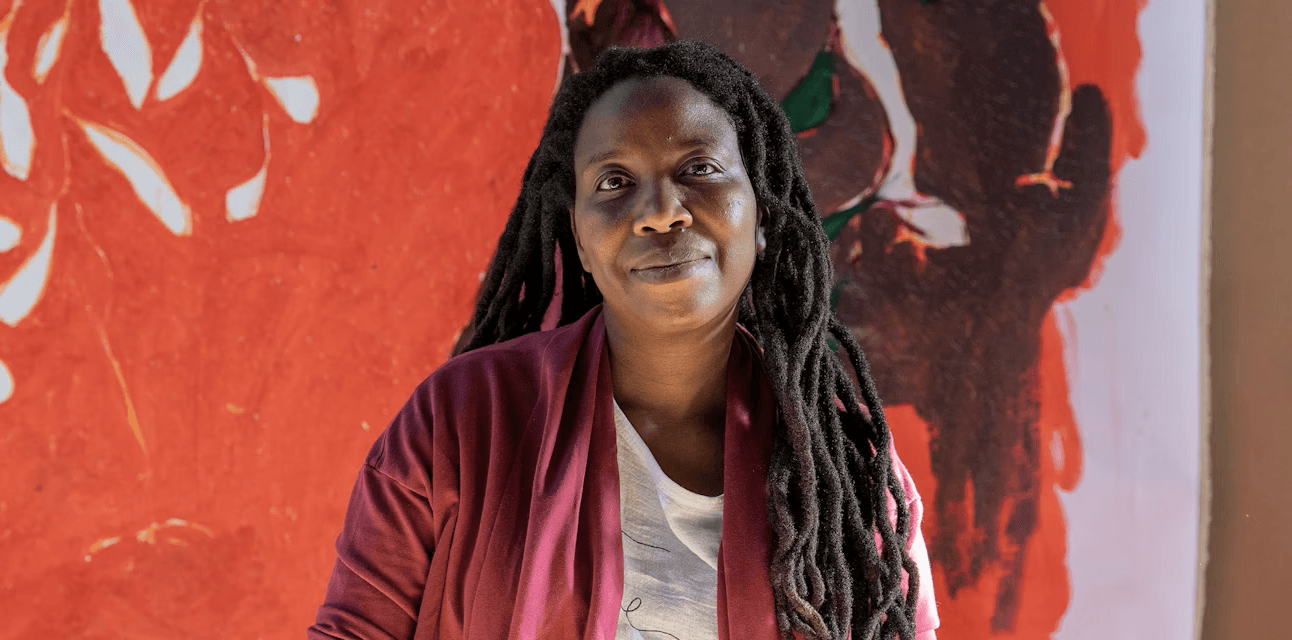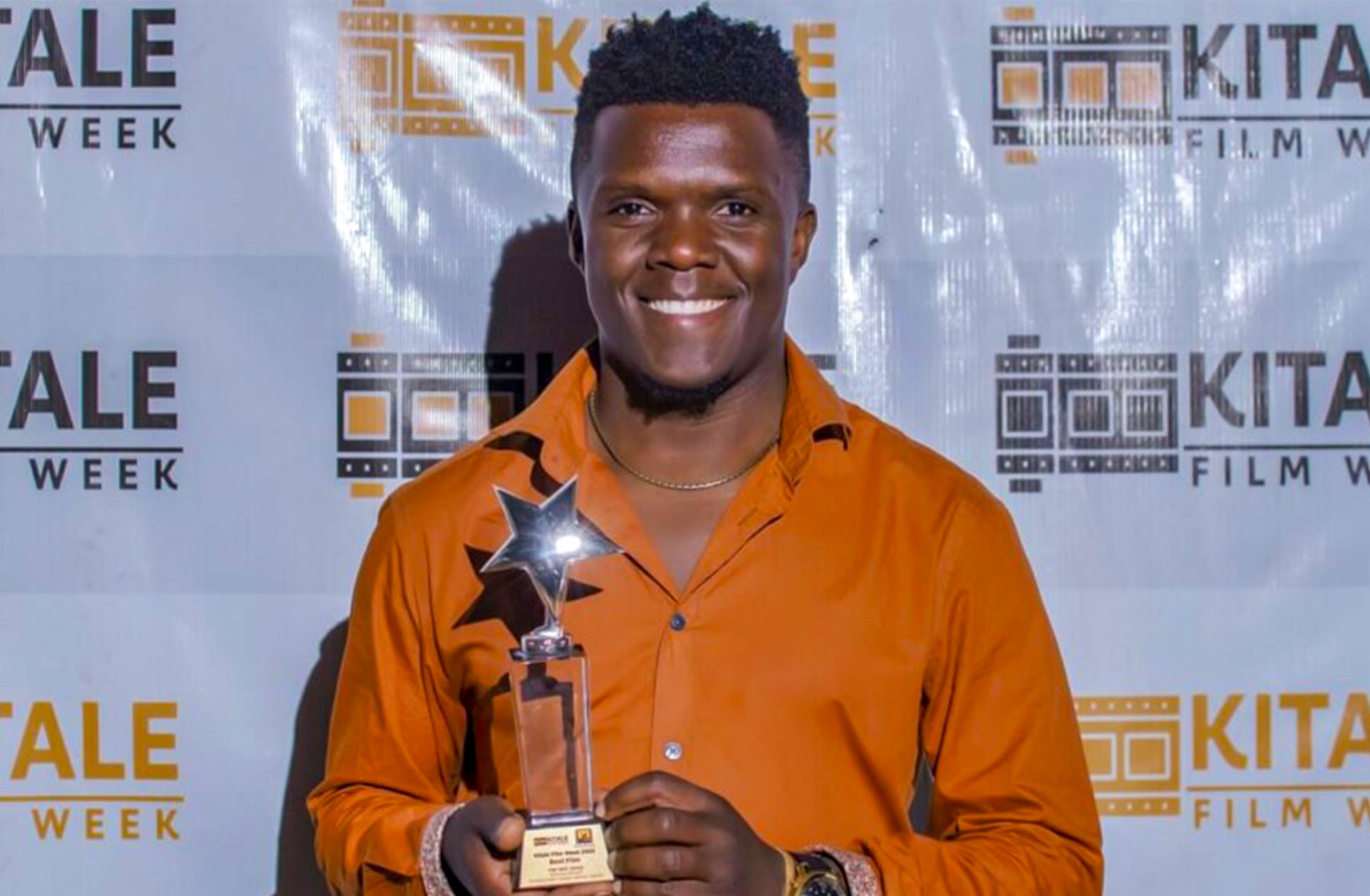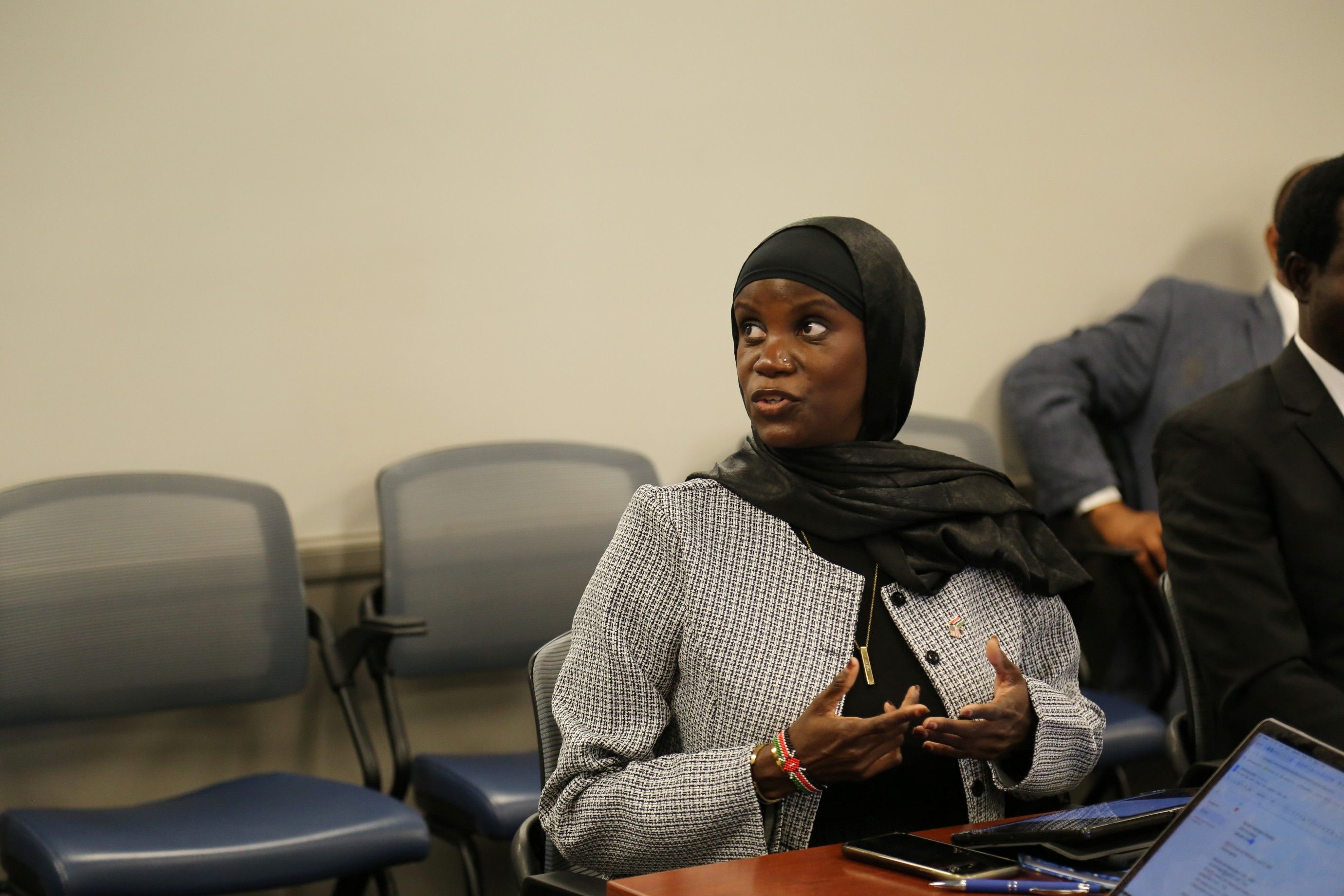David Kamau made his first prototype robot when he was 14. Now, as an engineering student, his schemes are for a robotic dog to keep soldiers safe. Kamau's dream? An Africa that is tech-driven.

By Jackson Okata, bird story agency
Hunched over scrap metal, a slender teenager is busy at his workbench. Some distance away, a woman stands, keenly following what the young man is doing. The young man is so engrossed in his work that he barely notices people coming or going through the compound gates. Some just want to stand and watch him at work.
David Laurence Kamau, 19, was barely a teenager when Kenya experienced its worst terror attacks, after the country engaged in a war to help rid neighbouring Somalia of deadly al-Shabaab militants.
Today, in a temporary workshop in front of his mother’s two-roomed rented house, the teenager spends most of his time working on a design for a robotic dog that could help, as he puts it, 'keep my country safe from al Shabaab terrorists'.
Images and tales of the country's security agencies putting their lives on the line to keep citizens safe are what inspired him to seek a solution that would minimise casualties on the front line.
“Seeing our soldiers die on the battlefield pushed me into doing something. I wanted to make a robot that could help in saving lives,” Kamau explained.
Despite the busy surroundings of the compound in Mzee Wa Nyama estate in Nakuru City, 158 kilometres west of Nairobi, the area around the workshop is hushed. It's almost as if the neighbours have signed a silent pact to give him the peace and quiet he needs to work on his ‘dog ya chuma’ (metallic dog). Only when Kamau's mother, Rose Kimani, welcomes visitors with a loud ‘karibu’ (welcome), does Kamau rise to welcome them.
The last-born in a family of four, Kamau said that since childhood he has always loved toys, which led him to his passion for robots.
“If not working in the workshop, I would probably be looking for raw materials, doing research or in school,” said the soft-spoken robot enthusiast.
“I think creativity and curiosity have been in me since I was a child. I loved playing with toys and slowly that turned into a passion. While playing with toys, I would carefully study a toy and do some modifications on it to enable it to perform certain functions.”
His childhood friend, Kevin Kamau, said that Kamau was always the go-to techie in the neighbourhood.
“He would repair broken radios and bicycles, and would make all car models using wires and old rubber. He would fix any problem that any phone had around here,’’ he said.
It was during Kamau's high school years that he really fell in love with robots, a passion he vows to pursue until, as he says, “I achieve my dream of becoming a robotic scientist.” His teachers noted his enthusiasm and offered him support.
Father Ezekiel Ngaruiya, a former principal of the school, said he noticed Kamau’s love for science in his first year.
“Most of the time he would hang around the computer and chemistry laboratories. Whenever his class went for practicals in the laboratories, he would stay behind after the lessons and you would find him either working on the computer or mixing some chemicals,” Ngaruiya said.
His enthusiasm would see Kamau given unlimited access to the school computer lab, a place he says became his research centre.
Valentine Luvembe, Kamau’s former biology teacher says the young robot guru’s passion for sciences made him a darling of science teachers in the school.
“He combined all the three sciences and when we spotted his talent, we offered him all the support we could, including helping him with research work. He was the only student who could access the laboratory without the supervision of a teacher,” she said.
According to his mother, Kamau’s journey as a budding robot engineer started during his childhood.
“He was an independent and quiet but curious child who wanted to make his own toys to play with. For instance, he would use cartons, wood and scrap wires to make toy cars and dolls in his childhood,” she said.
“While his peers were busy playing football, Kamau would be busy playing with wire, making toy cars which he would later gift his friends.”
Kamau said he has always been curious. As a child, toys would often become objects of investigation.
“Like any child, I was fascinated and loved playing with toys and slowly, that turned into a passion,” says the soft-spoken robotic enthusiast.
“While playing with toys, especially those that were operated with a remote, I would carefully study them. And sometimes, I would dismantle, reassemble and repurpose them to operate differently. That is what gave me a sense of satisfaction in my playing with toys or any other electric gadgets.”
“Of course, I was always accused of destroying a toy, and at times, it earned me a reprimand from other children.”
At 14, using wires from cloth hangers, he developed his first model robot.
“I wanted to try something out and I liked the outcome of it. That is when I decided to actualise my passion for developing robots,” he said.
Kamau, however, was not sure of what type to make until he saw on television the death and devastation in Somalia and later in Lamu, in an attack on north-eastern Kenya, by al Shabaab militants.
This is when he started working on a model for a ‘robodog’ in earnest. He would like to ensure that a 'robotic military dog' would have the capacity to disarm, detect and detonate explosives, which could save scores, if not hundreds, of human lives.
“It is easy to replace a machine that is destroyed on the battlefield, but you cannot replace human life," he said.
The robodog would use AI to improve efficacy.
"The computer programme that runs the robot enhances its intelligence thus reducing the margin of error compared to when a human is tasked with defusing a bomb,” he added, noting that once the design and structural works were completed, a military robotic could be ‘weaponised’ to enable it to execute its functions fully.
With the schematics for the electronics and mechanics work ‘largely done', he said, he is now in the process of designing the software that will aid the functioning of the robot.

A lack of money to buy the requisite components for his robotic dog model has forced him to work with any available materials, including items recycled from waste. His mother has been a great supporter, helping him wherever possible.
“Since I realised he meant what he was doing, I have been supporting him with little money from my small retail trade business to finance his data bundles for research and the welding of his robots,” she said.
While Kamau has so far designed six models – including one for assisting people with visual impairment – military he is aware that he still has a long journey ahead of him. But he can already see his goal.
“In the next ten years, I believe my dream of becoming a full-fledged robot manufacturer will come to pass.”
And how does Kamau see the future?
“I want to be part of that Africa that is technology-driven. I dream of a future where robotic science will take its rightful space in African manufacturing and security sectors,” he said.
bird story agency





